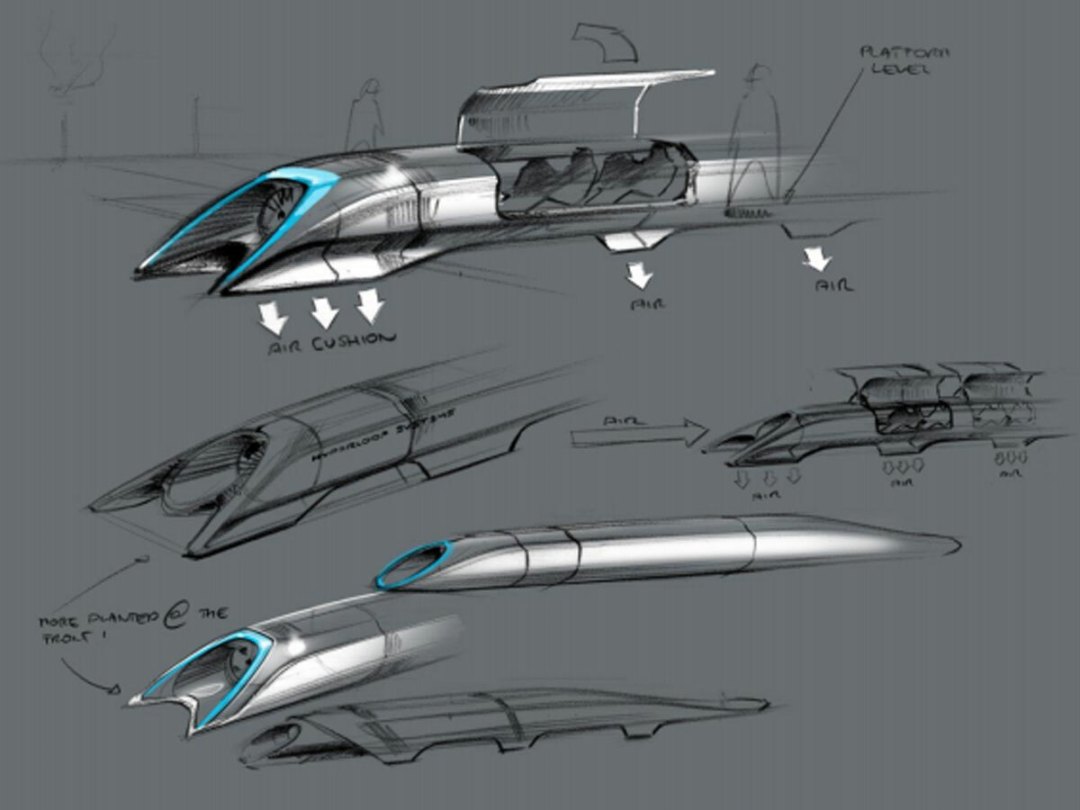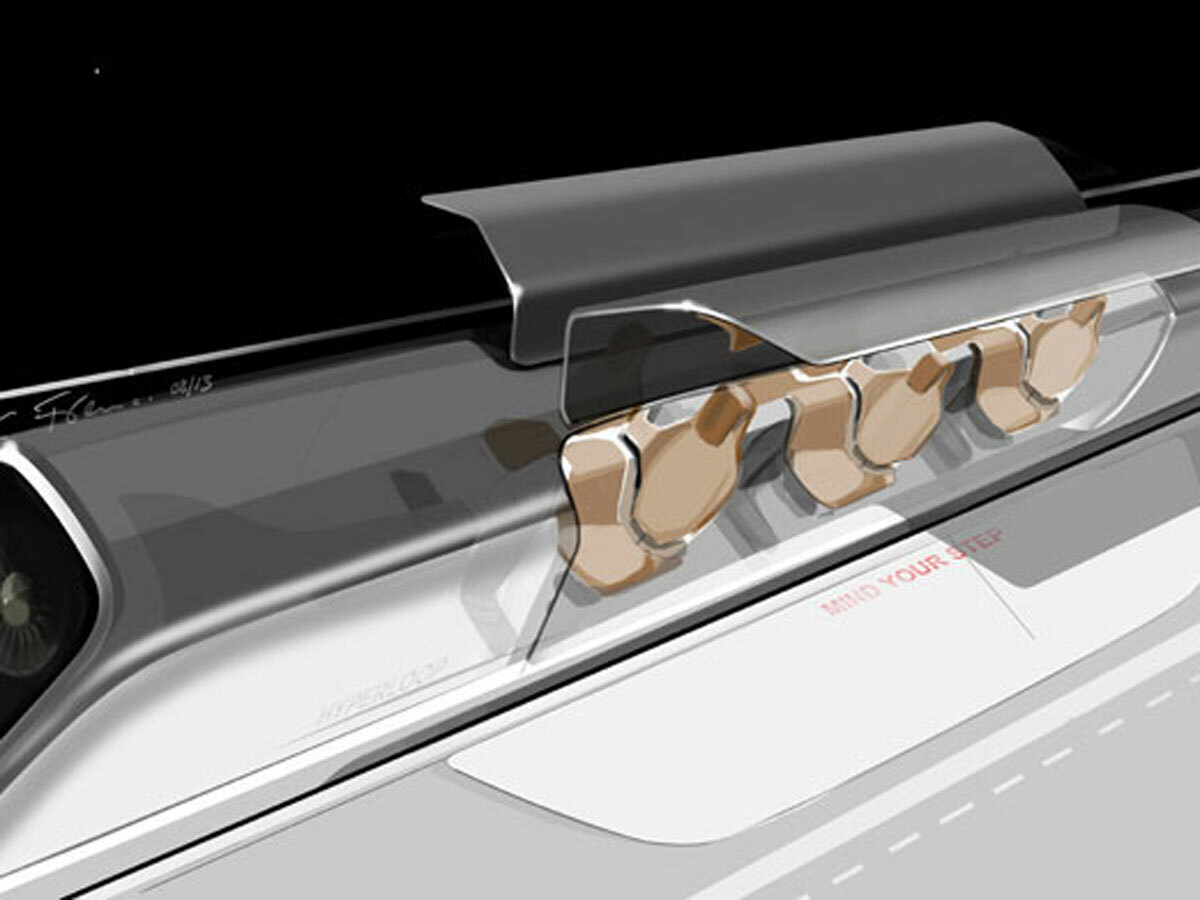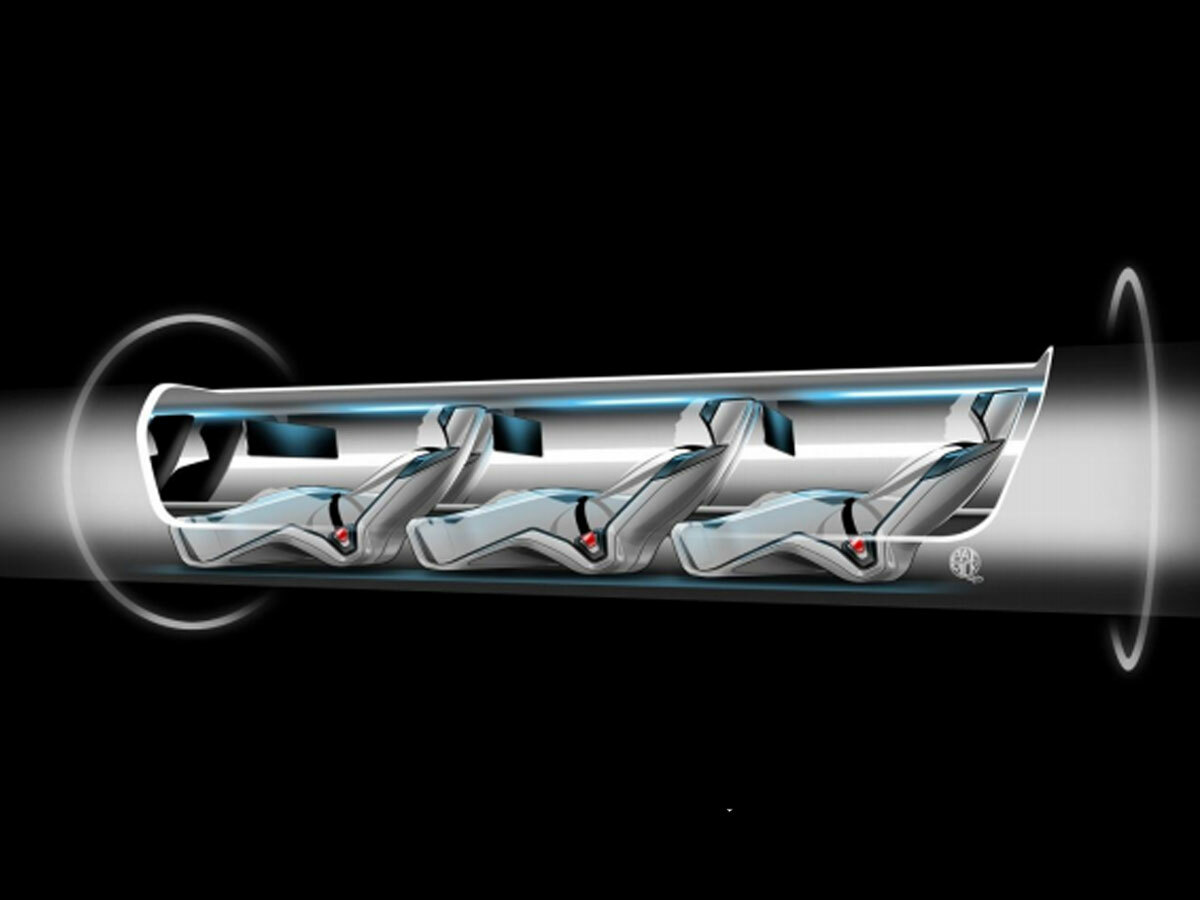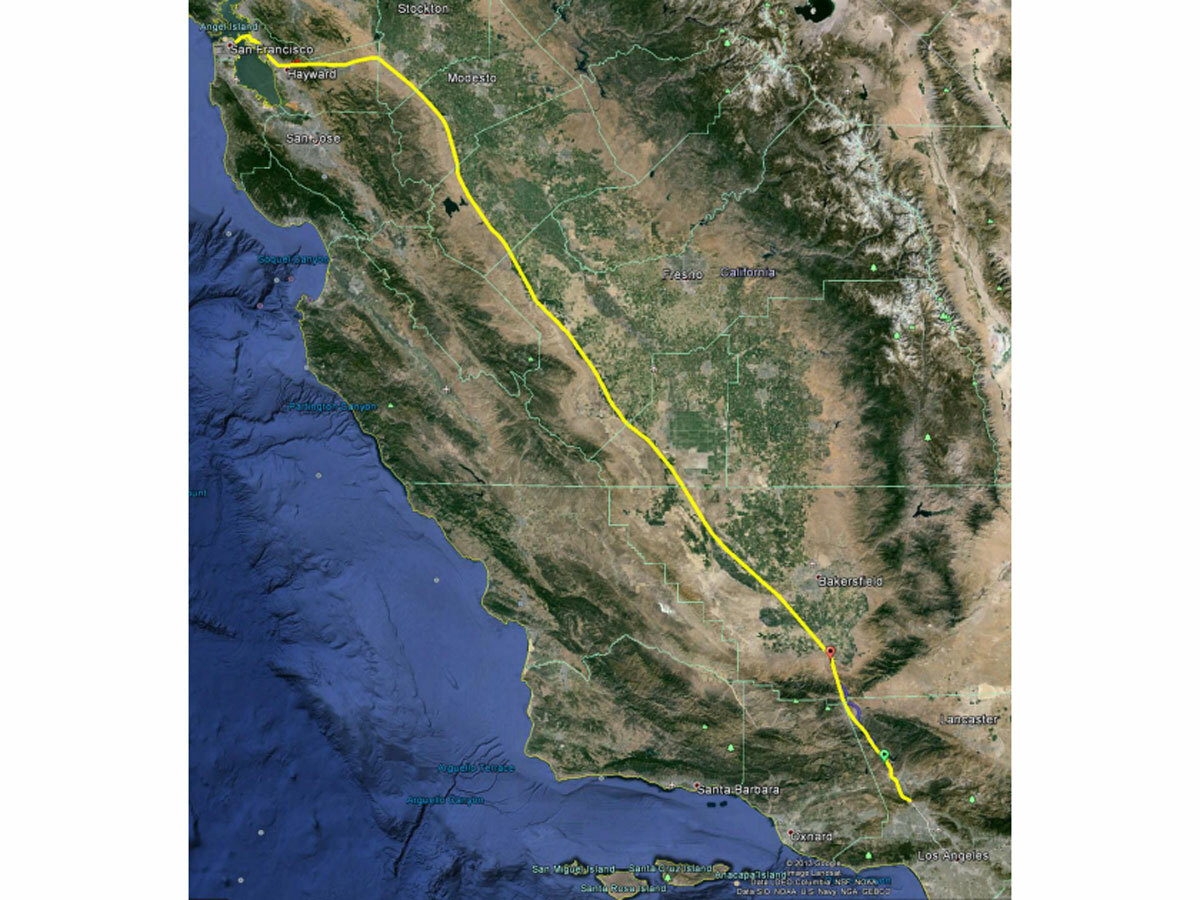Hyperloop: Everything you need to know about the 768mph airtrain
Elon Musk reveals the design for his faster-than-a-jet tube transport system

Imagine a future where you could travel from London to Edinburgh, a distance of almost 350 miles, in 30 minutes.
The journey would be smoother and more comfortable than any train or car, and wouldn’t require the drawn-out security checks of air travel.
Well, today that future just got one step closer, as Elon Musk, inventor and founder of SpaceX and Tesla Motors, finally revealed his concept for Hyperloop, a super-fast tube-based transport system that could – if it becomes a reality – revolutionise travel. Here’s the lowdown.
So what is Hyperloop, exactly?
It’s a solar-powered, city-to-city transport system capable of accelerating a passenger pod through a tube at up to 800mph. That’s faster than any form of conventional travel available today.
How does it work?

The steel tubes are arranged in a loop, hence the name, built between two cities points. The tubes would generally sit side-by-side, so the Hyperloop would look like a double-barrelled shotgun from outside.
Through these tubes, aluminium pods on skis will be flying at high speeds. The skis use “air bearings” (holes that pump out air) to reduce friction, and the air inside the tubes is low density to do the same. The air will also be circulating through the loop in the direction of travel at 200-300mph, but it won’t be the air that is driving the pod – it will be a linear accelerator.
A linear accelerator uses an electromagnetic pulse just below the pods to accelerate them to high speed. Musk says that around six of these accelerators would be required for a journey between San Francisco and Los Angeles (around 350 miles), as once the pod is at speed it will take a very long time to slow in the low-friction environment.
Another linear electric motor would slow the pods as they approach their destination, absorbing the kinetic energy and storing it in batteries for use in accelerating other pods. The rest of the power is provided by solar panels.
How many people can each pod carry?

Musk’s designs for passenger only pods feature six seats, plus room for luggage. However, he says the system could be scaled up to allow for pods carrying a car as well as passengers.
The pods will feature entertainment systems, comfortable seats and the view of a “beautiful landscape” via wall displays. But given that journeys will only take up to 30 minutes, you likely won’t have time to be bored.
Inside the cabin, there will be less lateral acceleration than you would feel on an underground train, as the pods will bank around corners much like an airplane. However, you will not experience any sudden movements or turbulence, as can happen in the air. There won’t be a toilet though!
Is it safe?

The system will have emergency brakes and pods inside the tube will be at least five miles apart. Musk believes you could have 70 pods between San Francisco and LA, with one leaving every 30 seconds, and it would be perfectly safe.
Of course, the tubes would need to be protected from natural and man-made damage: earthquakes, high winds and terrorists will no doubt be highlighted as possible risks.
How much would it cost?
Musk believes that, if a Hyperloop were to be built between San Francisco and Los Angeles, it would cost around US$6 billion (£3.9 billion) for a passenger-only system and US$10 billion (£6.5 billion) for a passenger-plus-vehicle system. That may seem a lot, but California plans to spend at least US$70 billion on a “high-speed” bullet train from Sacramento to San Diego; such a train would be much slower than Hyperloop and Musk believes land rights will elevate the cost to above US$100 billion.
For reasons of cost, Musk suggests building the tubes above ground, raised on columns placed 50 to 100 yards apart. The tube can follow the route of existing motorways in order to cut down on disruption while building. Musk believes that Hyperloop makes sense for journeys between cities up to 900 miles apart – any further and supersonic air travel would be more efficient, he says (not that we have supersonic air travel since Concorde’s retirement).
The price for a ticket? “Much cheaper” than a plane ticket for the equivalent distance, says Musk.
So what now?

Musk isn’t selling his design, and he won’t be building it himself (he says he is far too busy running SpaceX and Tesla). Hyperloop is instead open source, so the idea is that governments and private developers look at it, possible adapt it and build their own systems using his “blueprint”. Whether or not anyone takes up the banner remains to be seen.
[Via Businessweek]
Elon Musk image credit: JD Lasica



